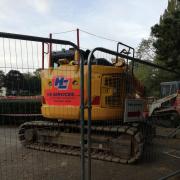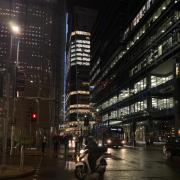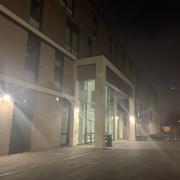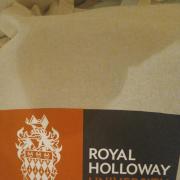
During the first wave of the pandemic, very few children attended school. Now, many children have attended as their parents are critical workers.
A school in Lewisham said that the classrooms are 70% full. In the first wave they only had around 20 pupils attending, now they have more than 5 times that. Surely with the highest daily death toll since the peak, it is too dangerous for so many children to be attending school.
You may be wondering why there is such a drastic change. Well, it is because the criteria to be a critical worker is so broad. It ranges from healthcare workers to financial services. On top of this, only one parent has to be a critical worker in order for children to come in.
Surely the purpose of closing schools was to reduce transmission, how can this happen when schools are still operating at a high capacity? The numbers attending school are still predicted to increase as parents begin to struggle exponentially with childcare and home schooling.
The cases of the new variant in under 15s are significantly higher than previously. Children returning from school could easily spread the virus onto older family members. This will pose a greater threat as hospitals in London are already overwhelmed with Covid patients.
The headteacher at one school calls for the critical worker list to be reassessed as an immense number of students are attending school.
In contrast, in more affluent areas, for example Kingston, there is a much lower percentage of children attending school. A primary school teacher in Kingston Upon Thames says that schools are "about 25/26%" full. This proves that covid will have a greater effect on less economically affluent areas. As well as this Lewisham, has just over 50% of a white population. On the other hand, in Kingston over 2 thirds of the population is white. Many people from ethnic minorities have shown to be more vulnerable and susceptible to being hospitalised with covid. This overall makes the population more vulnerable.



























